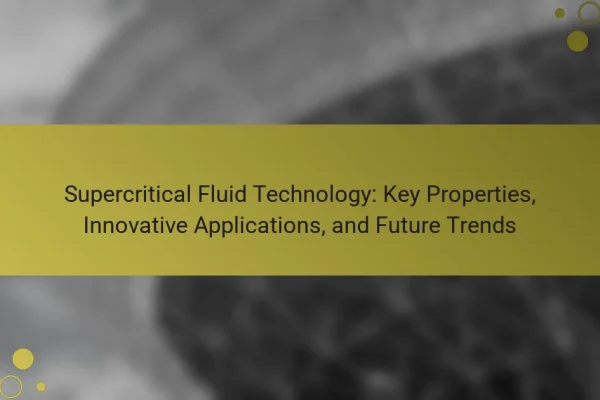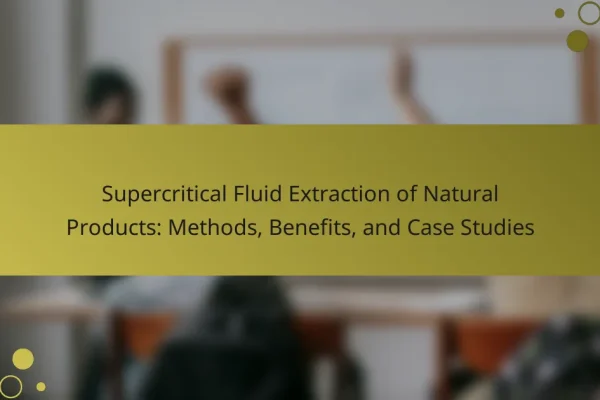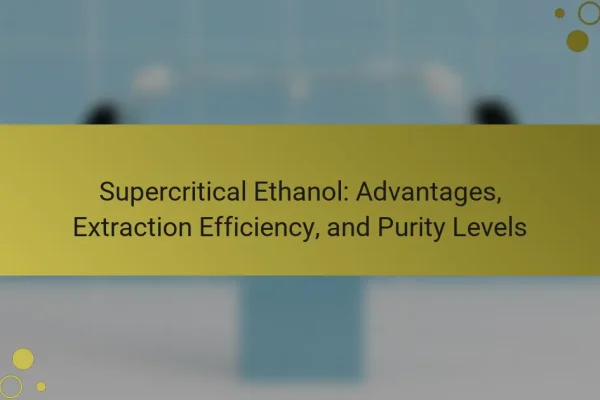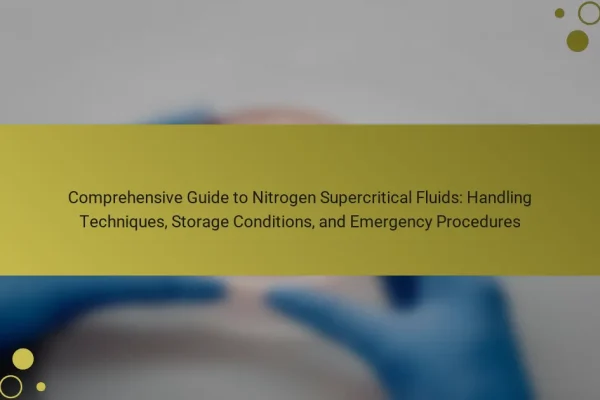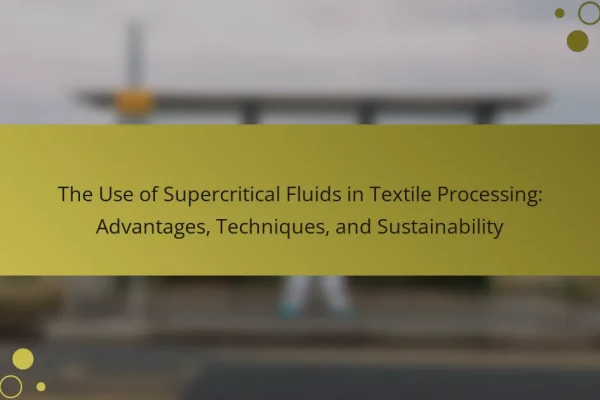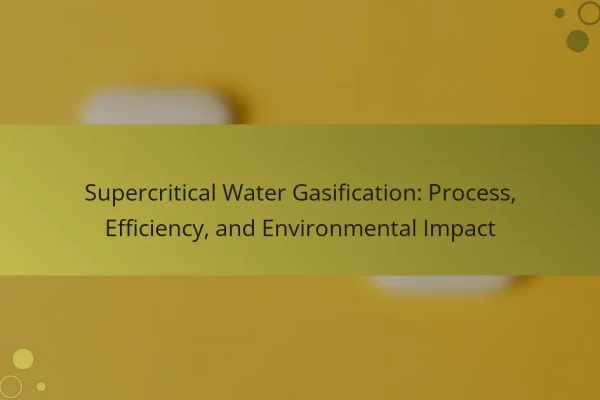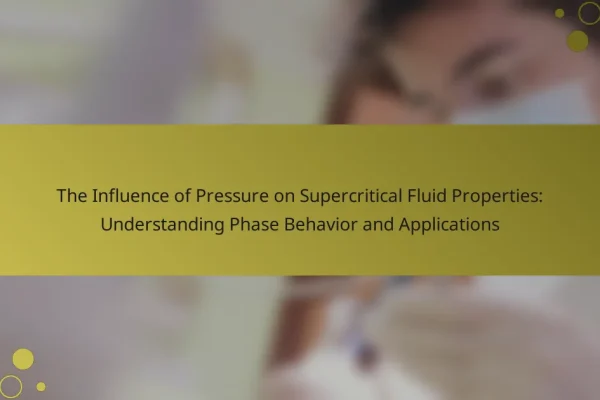
The Influence of Pressure on Supercritical Fluid Properties: Understanding Phase Behavior and Applications
Pressure is a critical factor influencing the properties of supercritical fluids, including their density, solubility, and diffusivity. As pressure increases, supercritical fluids, such as carbon dioxide, exhibit enhanced solvent capabilities, particularly for non-polar compounds. This article explores how pressure adjustments can optimize extraction processes in various industries, including pharmaceuticals, material processing, and food processing. Furthermore,…

